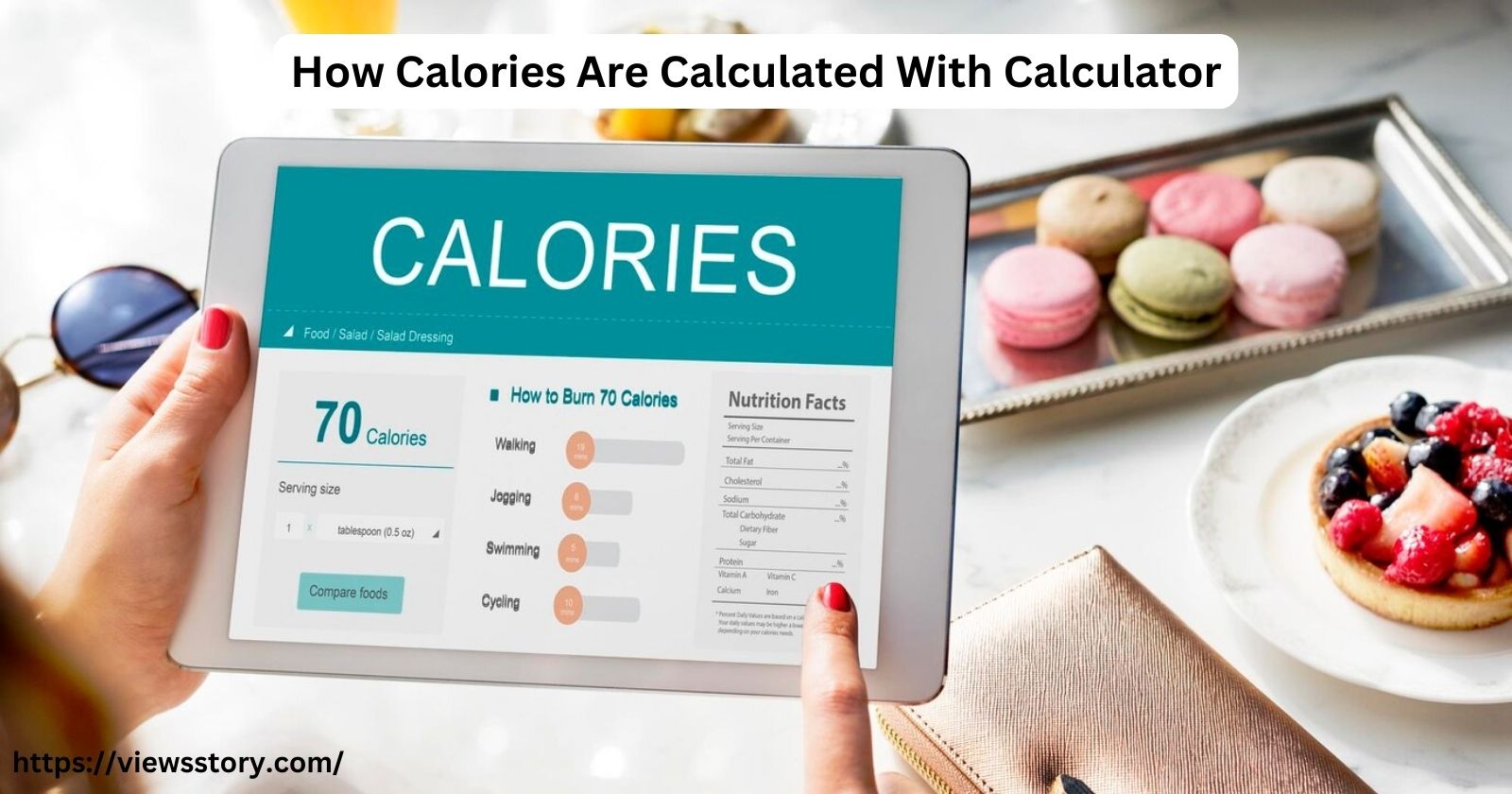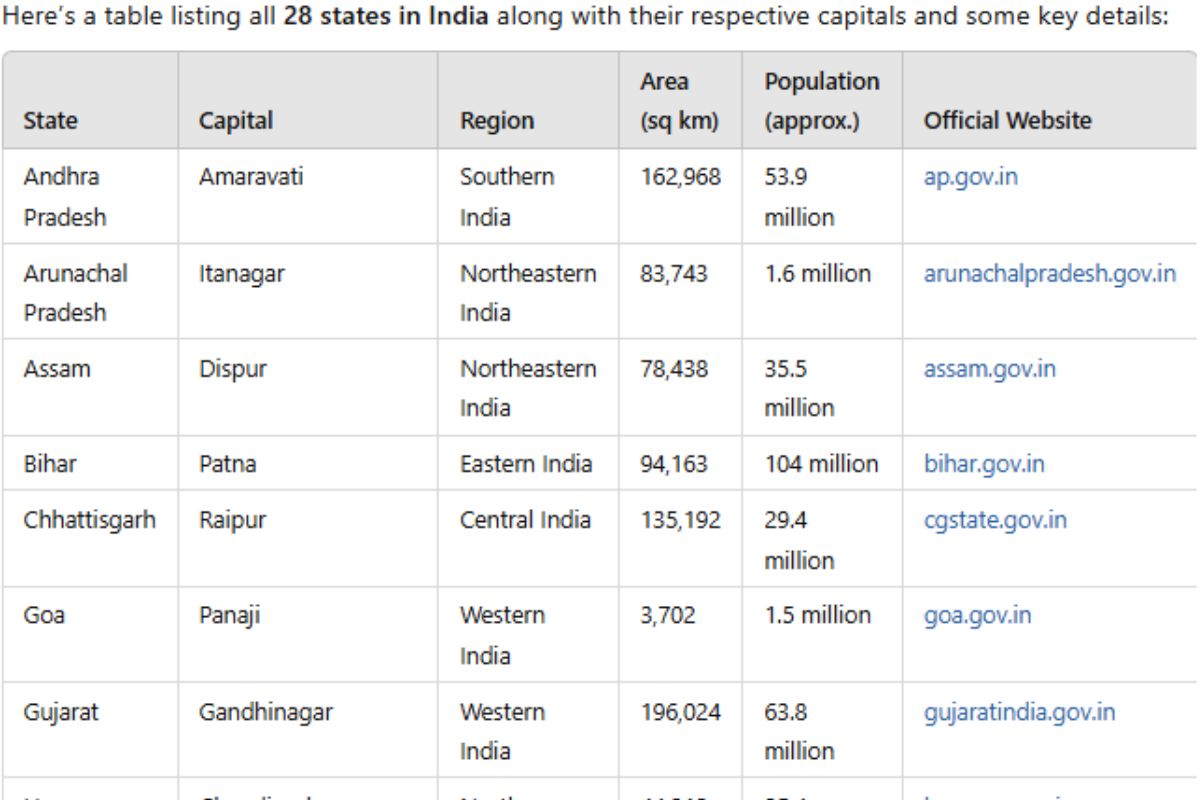For “how calories are calculated”, we will start with calories calculator:
Calories Calculator
“`
Calories are a fundamental aspect of our daily lives, often associated with our food and beverage choices. Whether you’re trying to lose weight, maintain your current weight, or simply make healthier eating choices, understanding how calories are calculated is essential. In this blog post, we’ll break down the basics of calorie calculation in simple terms, so you can make more informed decisions about your diet.
What Is a Calorie?
First, let’s start with the basics. A calorie is a unit of measurement that represents the amount of energy stored in food and beverages. When you eat or drink, you’re essentially consuming energy in the form of calories. Your body then uses this energy to perform various functions, such as breathing, digesting food, and staying active.
Also Read
- 11 Health Benefits Of Chia Seeds
- 6 Health Benefits of Watermelon
- What Are the Benefits of Sweet Potatoes?
The Role of Calories in Our Bodies
Calories are the fuel that keeps our bodies running. Think of them as the gas you put in your car to keep it moving. Your body needs a certain number of calories to maintain its current weight and carry out its daily functions. If you consume more calories than your body needs, you’ll gain weight because the excess energy is stored as fat. Conversely, if you consume fewer calories than your body requires, you’ll lose weight as your body taps into its fat reserves for energy.
How Are Calories Calculated?
Calorie calculation involves estimating the energy content of the foods and drinks we consume. The most common method of calculating calories is through the use of the Atwater system, which assigns specific calorie values to each of the three primary macronutrients: carbohydrates, proteins, and fats. Here’s how it works:
- Carbohydrates: On average, carbohydrates provide about 4 calories per gram. This includes sugars, starches, and dietary fiber.
- Proteins: Proteins also provide approximately 4 calories per gram. They play a crucial role in muscle repair and growth.
- Fats: Fats are the densest source of calories, offering about 9 calories per gram. They are essential for many bodily functions, including energy storage and insulation.
- Alcohol: Although not a macronutrient, alcohol provides around 7 calories per gram. These calories are considered empty calories because they provide little to no nutritional value.
To calculate the total calories in a food or beverage item, you simply add up the calories contributed by each of these macronutrients based on their respective quantities in the product.
For example, if a serving of food contains 10 grams of carbohydrates, 5 grams of protein, and 3 grams of fat, you would calculate the total calories as follows:
(10 grams of carbohydrates x 4 calories/gram) + (5 grams of protein x 4 calories/gram) + (3 grams of fat x 9 calories/gram) = Total calories per serving
Why Do People Count Calories?
Calories seem to be everywhere these days, from food labels to fitness apps and diet plans. But have you ever wondered why people count calories? What’s the big deal about these tiny units of energy, and why do so many folks pay close attention to them? In this blog, we’ll explore the reasons why counting calories has become a common practice for many individuals striving for better health and fitness.
Weight Management
One of the primary reasons people count calories is to manage their weight. Calories play a crucial role in determining whether we gain, lose, or maintain our weight. Simply put, if you consume more calories than your body burns, you’ll gain weight; if you consume fewer calories than your body burns, you’ll lose weight. Counting calories helps individuals create a calorie deficit (consuming fewer calories than they burn) or surplus (consuming more calories than they burn) to achieve their weight goals.
Awareness of Food Intake
Calorie counting fosters a heightened awareness of what you’re eating. It encourages individuals to pay attention to portion sizes and make informed choices about their food consumption. This mindfulness can lead to healthier eating habits, such as choosing nutrient-dense foods over high-calorie, low-nutrient options.
Goal Setting
Setting specific calorie-related goals can be motivating for people looking to make dietary changes. Whether it’s aiming for a certain daily calorie limit, tracking calorie intake during a workout program, or hitting a calorie target for weight loss, having clear objectives helps individuals stay focused and accountable.
Dietary Control
Calorie counting allows individuals to have greater control over their diets. It empowers them to make intentional decisions about the foods they eat, helping them stick to their dietary plans. Whether someone is following a low-calorie diet for weight loss or monitoring calorie intake for medical reasons, counting calories can be a valuable tool for dietary control.
Education
For many, counting calories is an educational journey. It provides insights into the nutritional content of different foods and helps individuals learn which foods are calorie-dense and which are not. This knowledge can be invaluable when making long-term dietary choices that support health and wellness.
Accountability
Tracking calorie intake through apps, journals, or websites can provide a sense of accountability. Knowing that you’ll record every bite you take can deter mindless snacking and encourage healthier choices.
Personalized Approach
Every person’s calorie needs are unique, depending on factors such as age, gender, activity level, and metabolism. Counting calories allows individuals to tailor their nutrition to their specific needs and goals, making it a personalized approach to health.
How To Calculating Exercise Calories
Exercise is a crucial component of a healthy lifestyle, helping us stay fit and energized. Whether you’re hitting the gym, going for a run, or doing yoga, you’re burning calories. But have you ever wondered how many calories you’re actually burning during your workout? Understanding this can be helpful if you’re trying to manage your weight or simply want to track your progress. In this blog, we’ll demystify the process of calculating exercise calories in simple terms.
What Are Exercise Calories?
Before we delve into the nitty-gritty of calculating exercise calories, let’s make sure we’re on the same page about what they are. Calories are a unit of energy, and when you exercise, your body uses energy to perform various physical activities. The number of calories burned during exercise varies depending on the type of activity, its intensity, and your body weight.
Tools for Calculating Exercise Calories
Several methods and tools can help you estimate how many calories you’re burning during your workout. Here are some of the most common ones:
- Activity Trackers: Fitness trackers and smartwatches can provide fairly accurate estimates of calorie burn during exercise. They use sensors like heart rate monitors and accelerometers to track your movements and calculate calories burned.
- Online Calculators: You can find numerous online calculators that allow you to input your activity, duration, and body weight to estimate calorie expenditure. These tools are convenient and easy to use.
- Heart Rate Monitors: Using a heart rate monitor during exercise can provide a more precise estimate of calorie burn. These devices track your heart rate and use it to calculate calories burned based on your individual data.
The MET Method
One common method used to estimate exercise calories is the Metabolic Equivalent of Task (MET) system. MET is a unit that measures the energy cost of physical activities. Here’s how it works:
- 1 MET: This represents the energy expenditure at rest, which is approximately equivalent to 1 calorie per kilogram of body weight per hour. So, if you weigh 70 kilograms, you would burn about 70 calories per hour while at rest.
- Activity MET Values: Different activities have different MET values, which represent how much more energy they require compared to resting. For example, a brisk walk might have a MET value of 3, meaning you’d burn three times as many calories as you would at rest while walking at that pace.
- Calculating Exercise Calories: To estimate the calories burned during an activity, you can use the following formula:javaCopy code
Calories Burned = MET Value x Body Weight (kg) x Duration (hours)
Keep in Mind
While calculating exercise calories can be useful, it’s important to remember that these estimates are just that—estimates. Your actual calorie burn may vary due to factors like your fitness level, age, and genetics. Additionally, the calories burned during exercise are only one part of the weight management equation. A balanced diet and overall activity level also play vital roles.
Conclusion
Understanding how calories are calculated is a fundamental step in managing your diet and making healthier food choices. By knowing the energy content of different foods and beverages, you can tailor your eating habits to meet your specific goals, whether it’s weight loss, weight maintenance, or simply living a healthier lifestyle. Remember that while calories are important, they are not the only factor to consider in a balanced diet. Nutrient quality, portion sizes, and overall food choices also play a vital role in your overall health and well-being.






